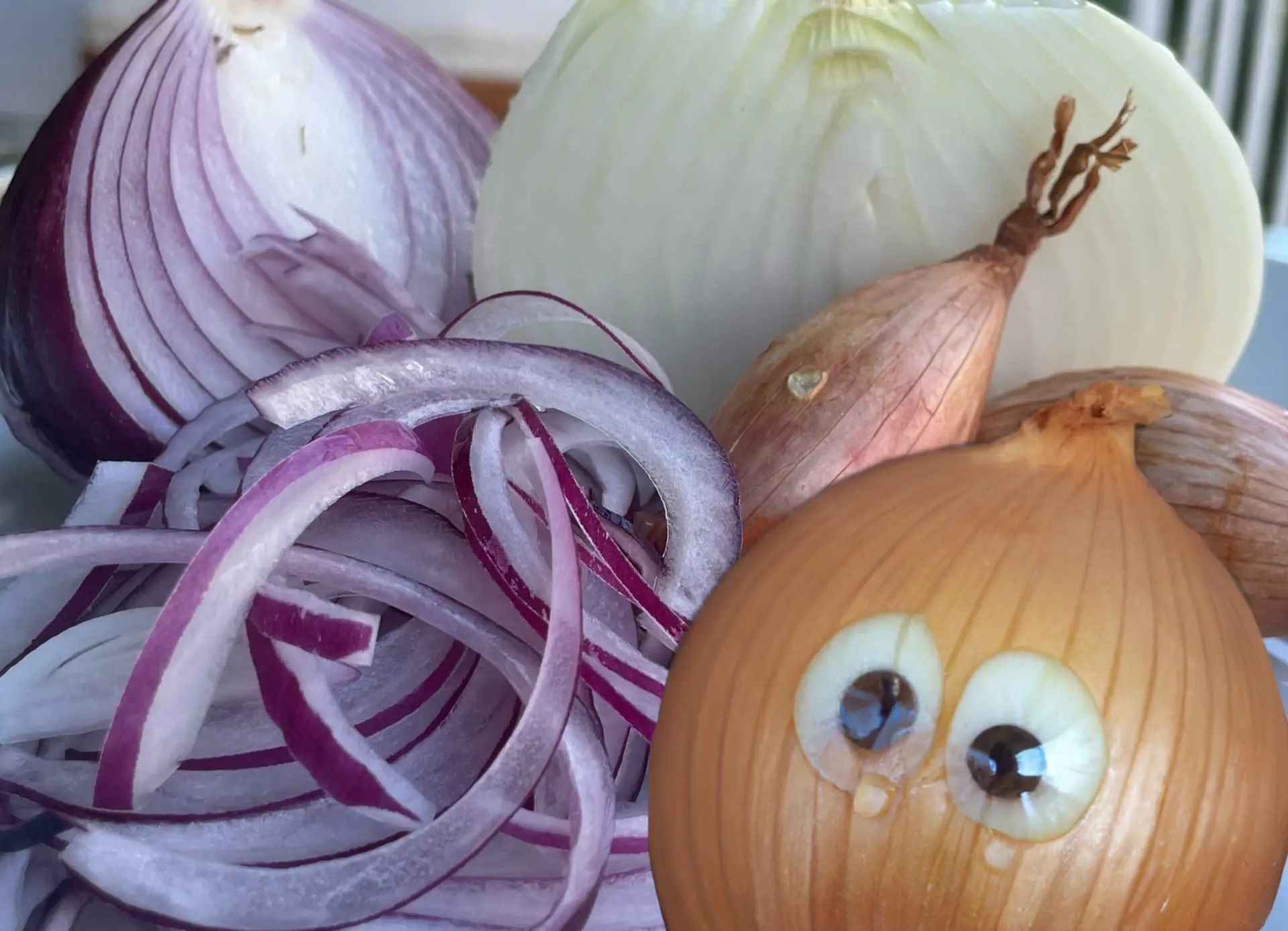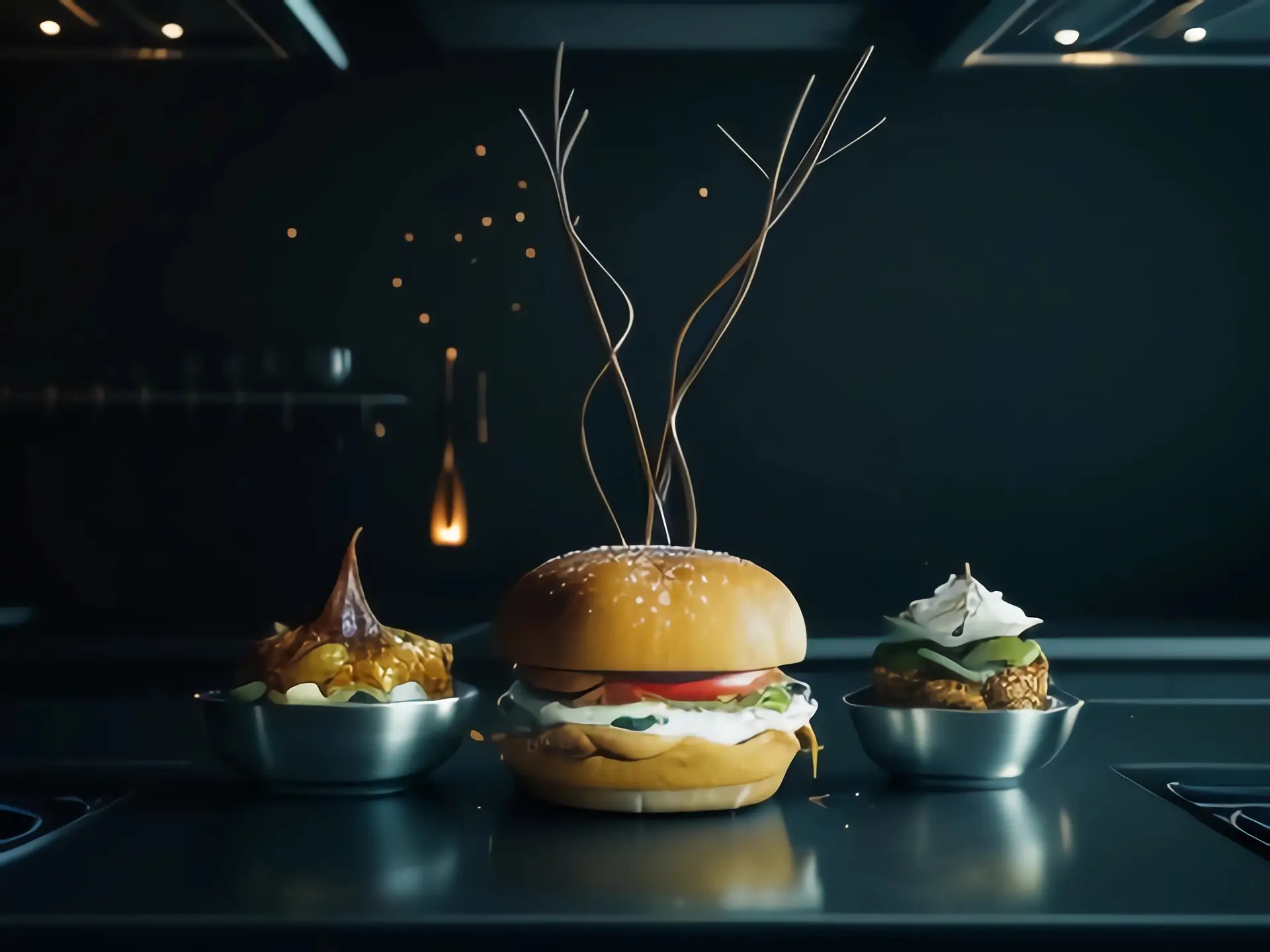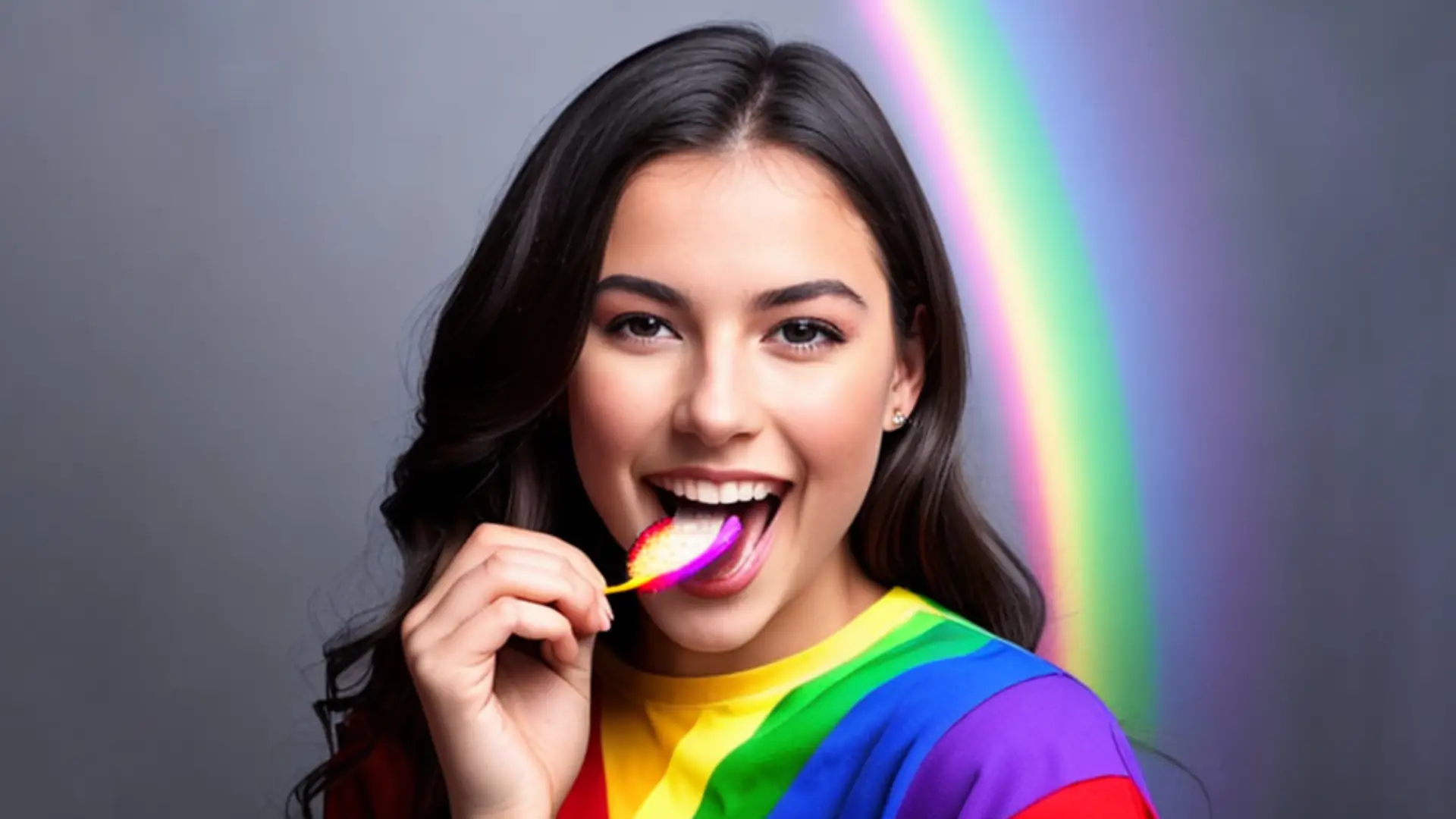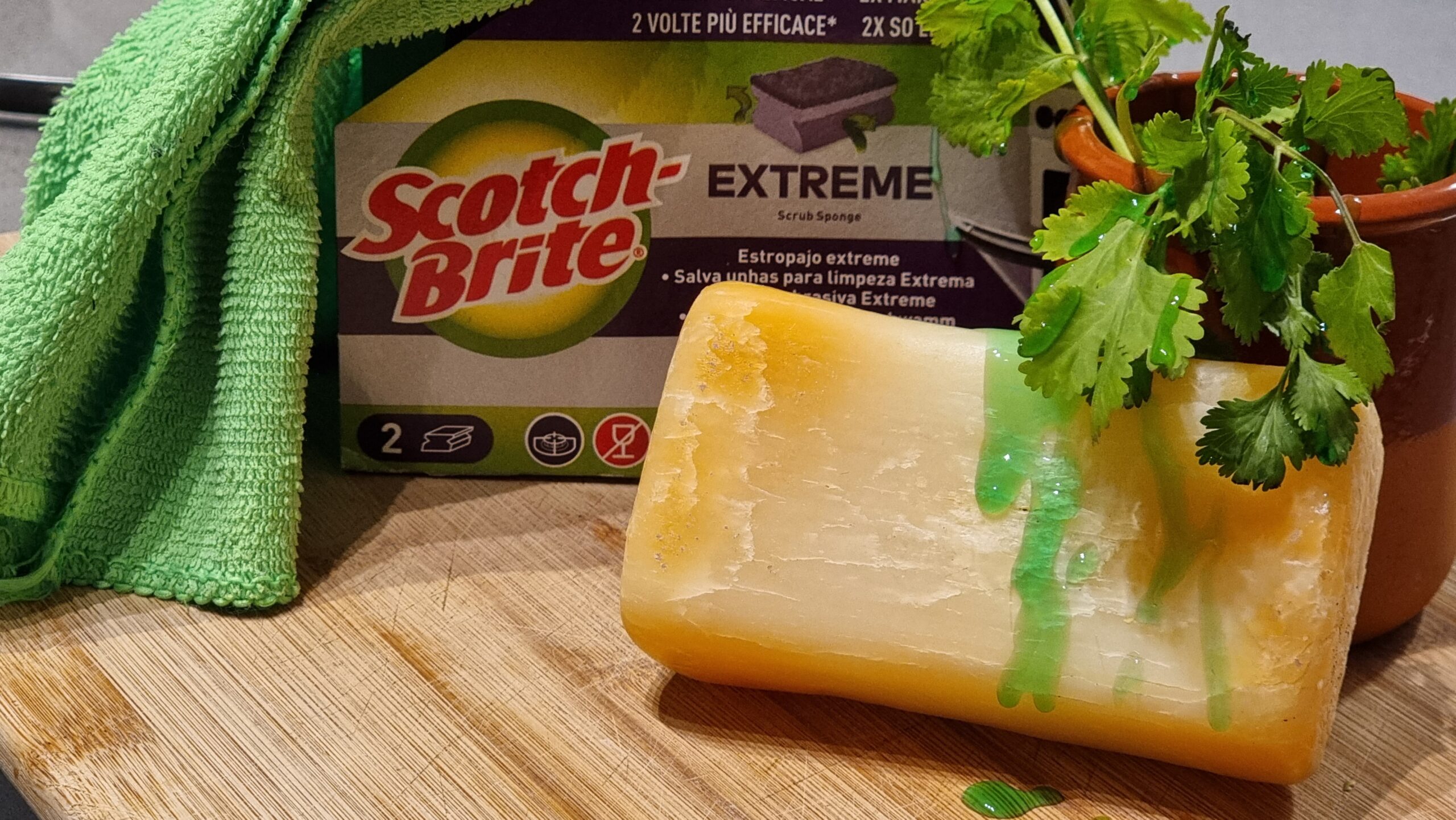Why do brown or bruised parts of fruits often taste sweeter?
If you’ve not tried it yet, do it, and you’ll be surprised. Think about it this way, if you broke all the bottles in a chemistry lab and mixed all of their content you wouldn’t be surprised by some unusual chemical reactions as they run and mix together, would you?
Well, plant cells or fruit cells are like those bottles exquisitely organized inside their body. And when physical damage is done to a fruit those bottles are broken and the chemicals which were previously isolated from one another in different parts of the cells spill out and mix.
Let’s take an example of an apple when you cut it or bite it, the damaged flesh soon turns brown from the action of oxidizing enzymes called polyphenol oxidases, which are released from their captivity as soon as the cell walls are broken, these enzymes act on the fruit’s phenols, a large group of antioxidant compounds responsible for color, flavor and many other characteristics of our plants and its edible parts, sending them along a chemical path leading to a variety of large molecules (polymers), many of which are brown in color. This is enzymatic browning (Read Here to know more about browning) which can be retarded by deactivating those enzymes with heat (in other words, cooking those apples promptly) or with acid. Lemon and lime juices are generally the most acidic substances in our kitchens, more acidic than vinegar.
Instead of destroying the oxidation-encouraging enzyme, we can cut off the oxygen to the cells, for example by covering the cut surface of the fruit with plastic wrap. Or we could treat it with any of a variety of chemical compounds that inhibit oxidation, such as sulfur dioxide, ascorbic acid (vitamin C), or citric acid in the form of (again) lemon juice. In some fruits, the enzyme-driven browning reactions do produce sweet sugars (Wolke, 2002). But in others, including apples, sour acids or bitter flavors are produced. So don’t physically abuse your fruits in an effort to make them sweeter. Uninjured fruits always look and taste best.
Link: To read more on “how and why apples go brown when cut”, click here.
References:
Wolke, R. L., & Parrish, M. (2002). What Einstein Told His Cook: Kitchen Science Explained. WW Norton & Company.







